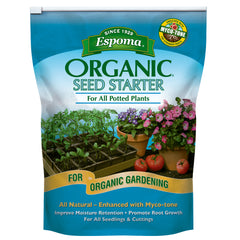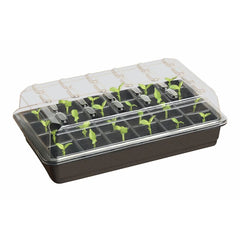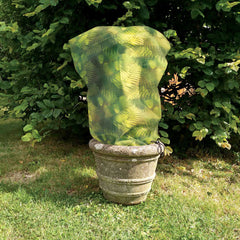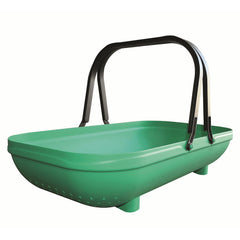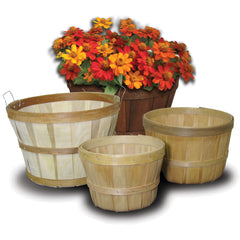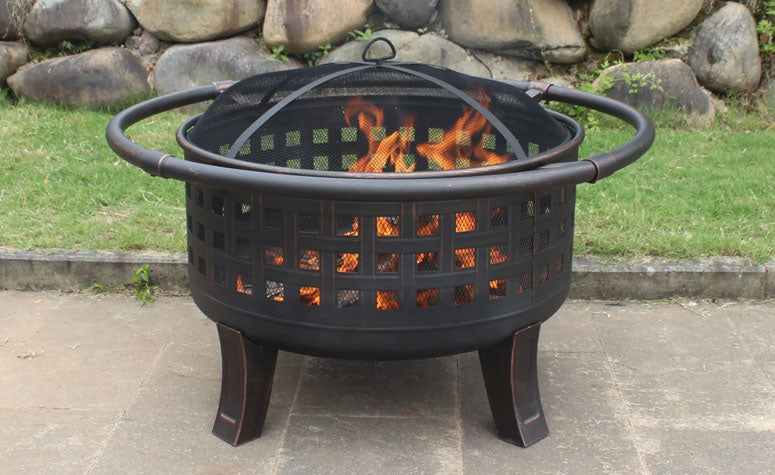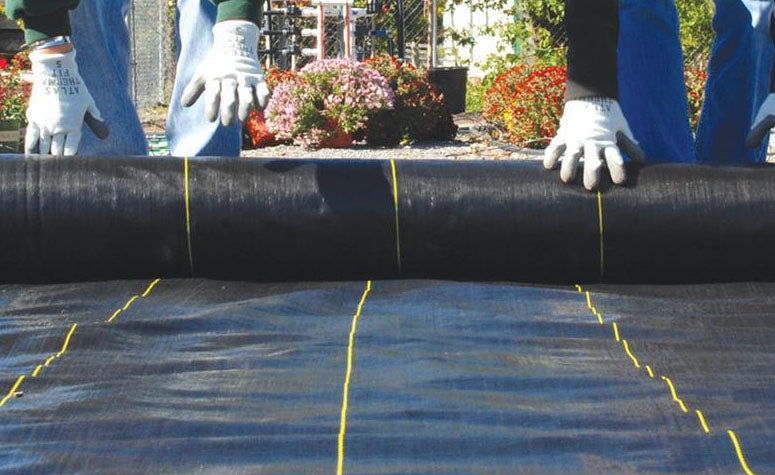Yellow pepper care is virtually identical to other bell pepper varieties. The plants like warm temperatures, lots of direct sunlight and 1-2 inches of water per week. Drip irrigation and soaker hoses provide deep watering without getting the leaves wet. Use well-draining, balanced-pH soil and consider mulch for moisture management. When the plants start to get heavy with fruits, add a stake to keep them upright.
Fungal, viral and bacterial diseases are the primary threats to yellow peppers. Diseases are difficult to treat once they develop, so you should focus on preventative practices like cleaning your garden, good companion planting, proper watering and crop rotation. The pests you should be most concerned with are aphids, pepper weevils, hornworms and flea beetles.










